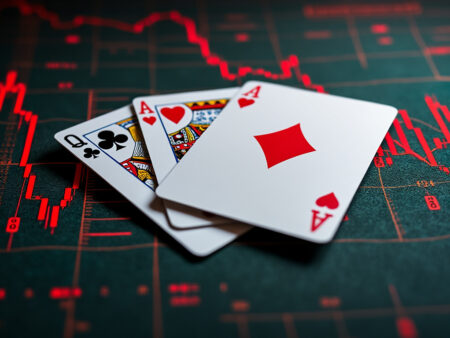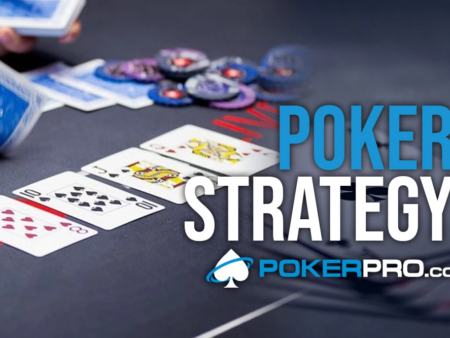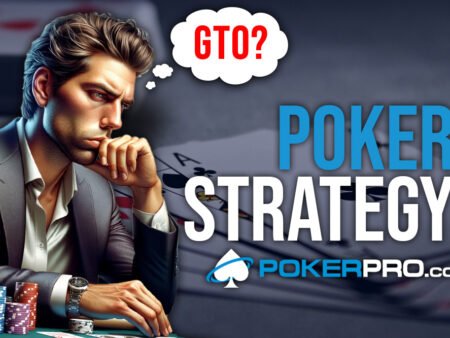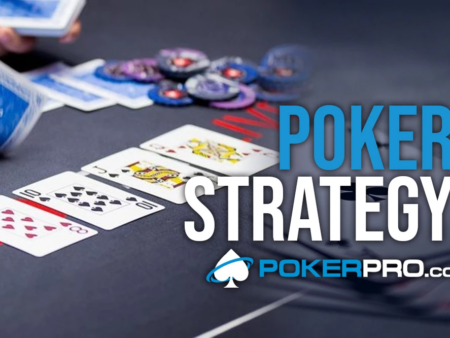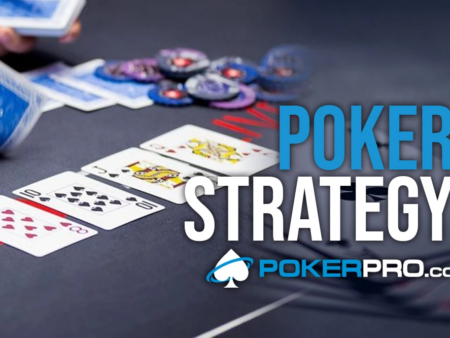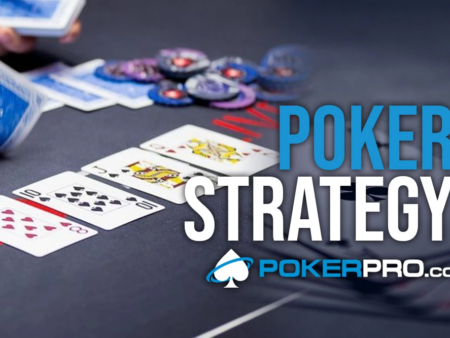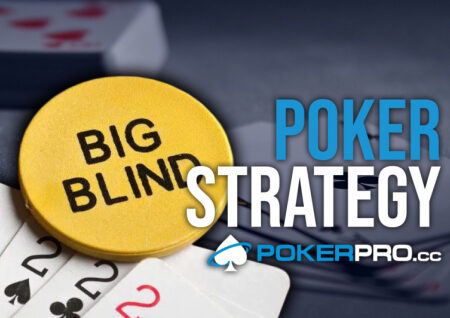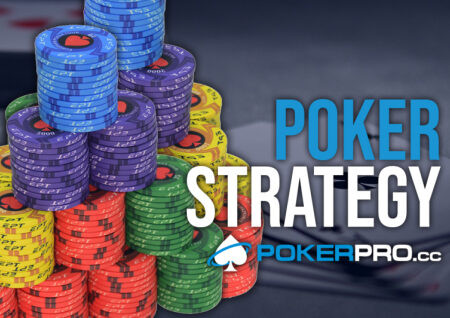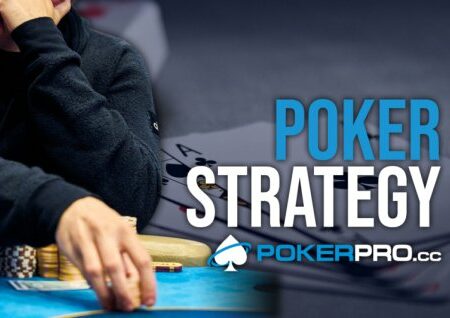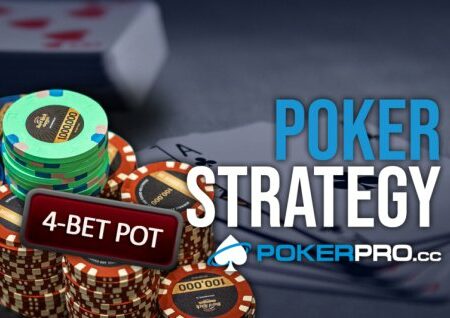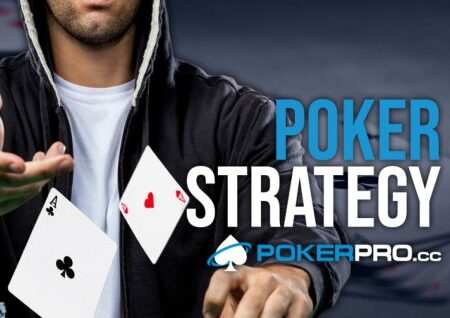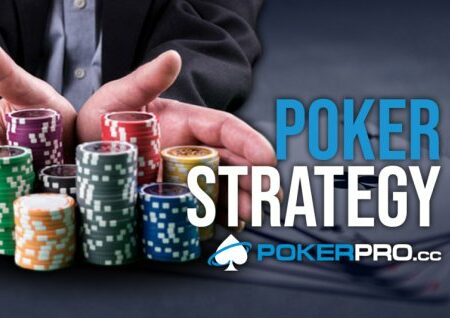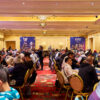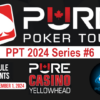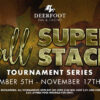In poker, we often find ourselves in a situation where the board gives us and our opponent the best hand, and if we go to a showdown, we will split …
How To Play Split Boards in Theory
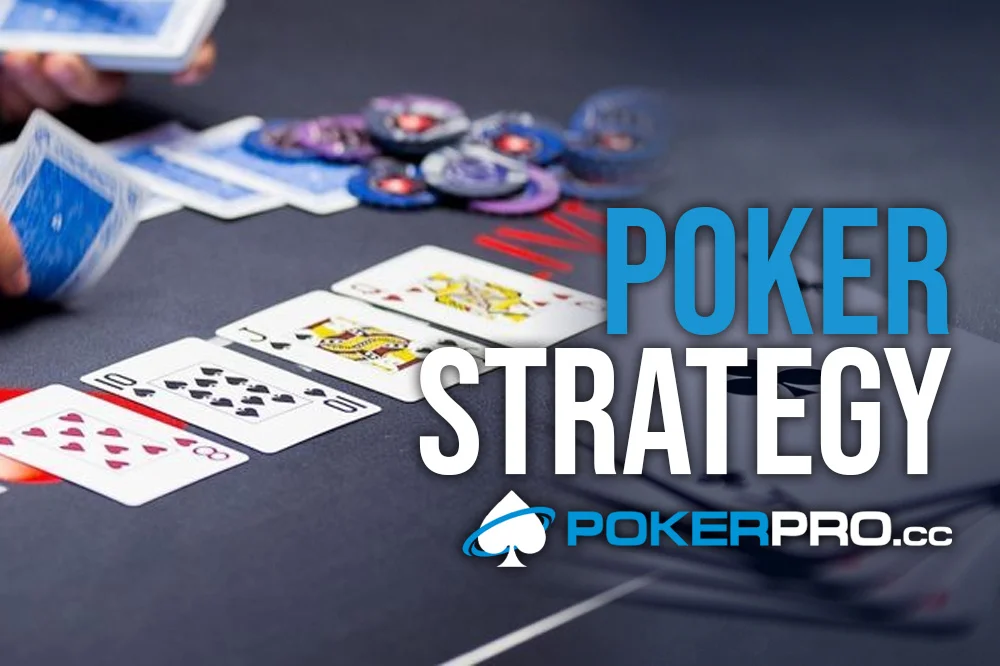
In poker, we often find ourselves in a situation where the board gives us and our opponent the best hand, and if we go to a showdown, we will split the pot. If you want to learn the theory behind split boards, keep reading this article.
So in a normal situation, when we bet the pot size, in theory, our opponent gets 2:1 odds, and we should have two value hands on one bluff.
Examples
1. When we bet $100 in a $100 pot with a range of 20 value and 10 bluff combinations, the opponent’s EV is $0. But when we play according to the board (bluff split boards), the opponent’s bluff catchers do not win enough EV
2. If we bet $100 in a pot of $100 with a range of 20 value and 10 bluffs, the EV of the opponent’s call is -$50 because we will now split some of the boards that we lost in the first situation, and the EV of our bluffs is $50. For this reason, we have to bluff more often to put our opponent in a position where his decision does not bring EV.
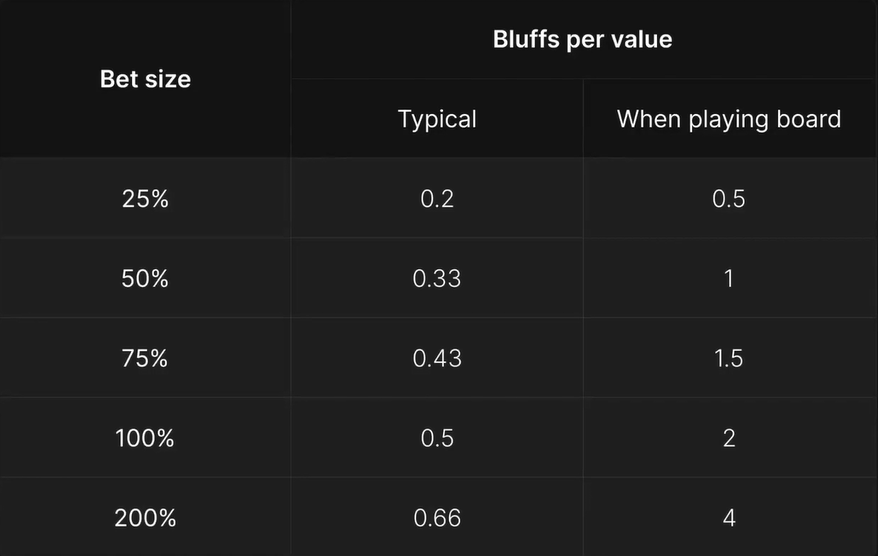
The sizing of our bets will depend on how often our opponent has the nuts.
If our opponent never has nuts in that situation, we should use 200% pot sizing, and in situations where we often have nuts, we must reduce our sizing accordingly.
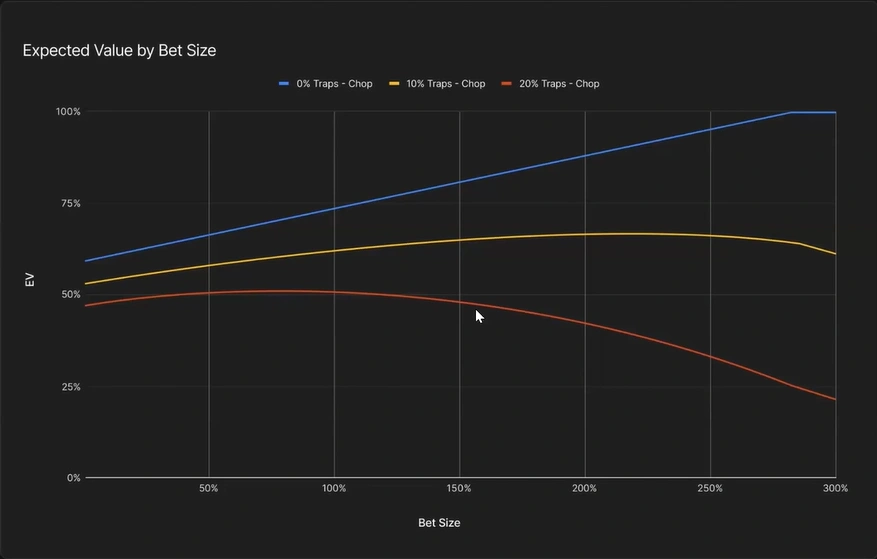
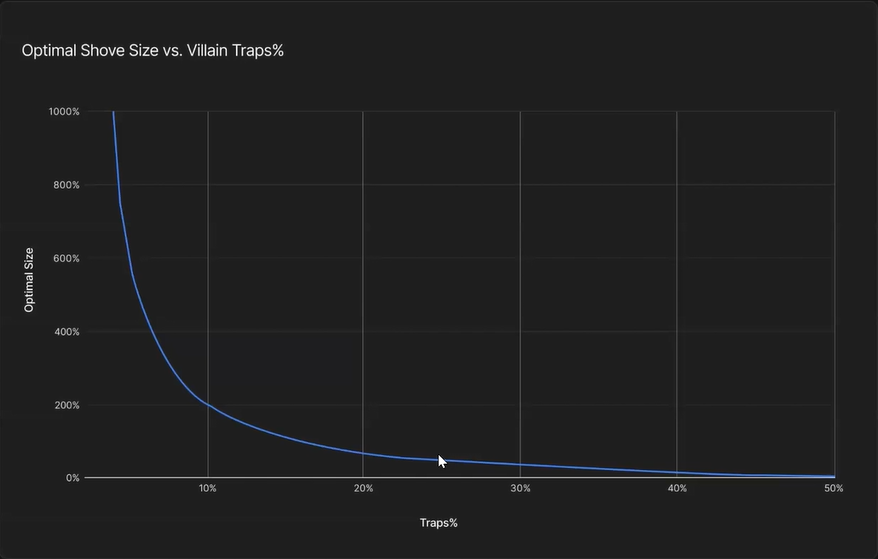
Conclusion
- We should use big bet sizings when our opponent rarely has nuts in his range.
- We need to significantly increase the number of bluffs, especially with big sizes.
- When we defend against small sizings, we can call more; against large sizings, we can exploit with a raise.
